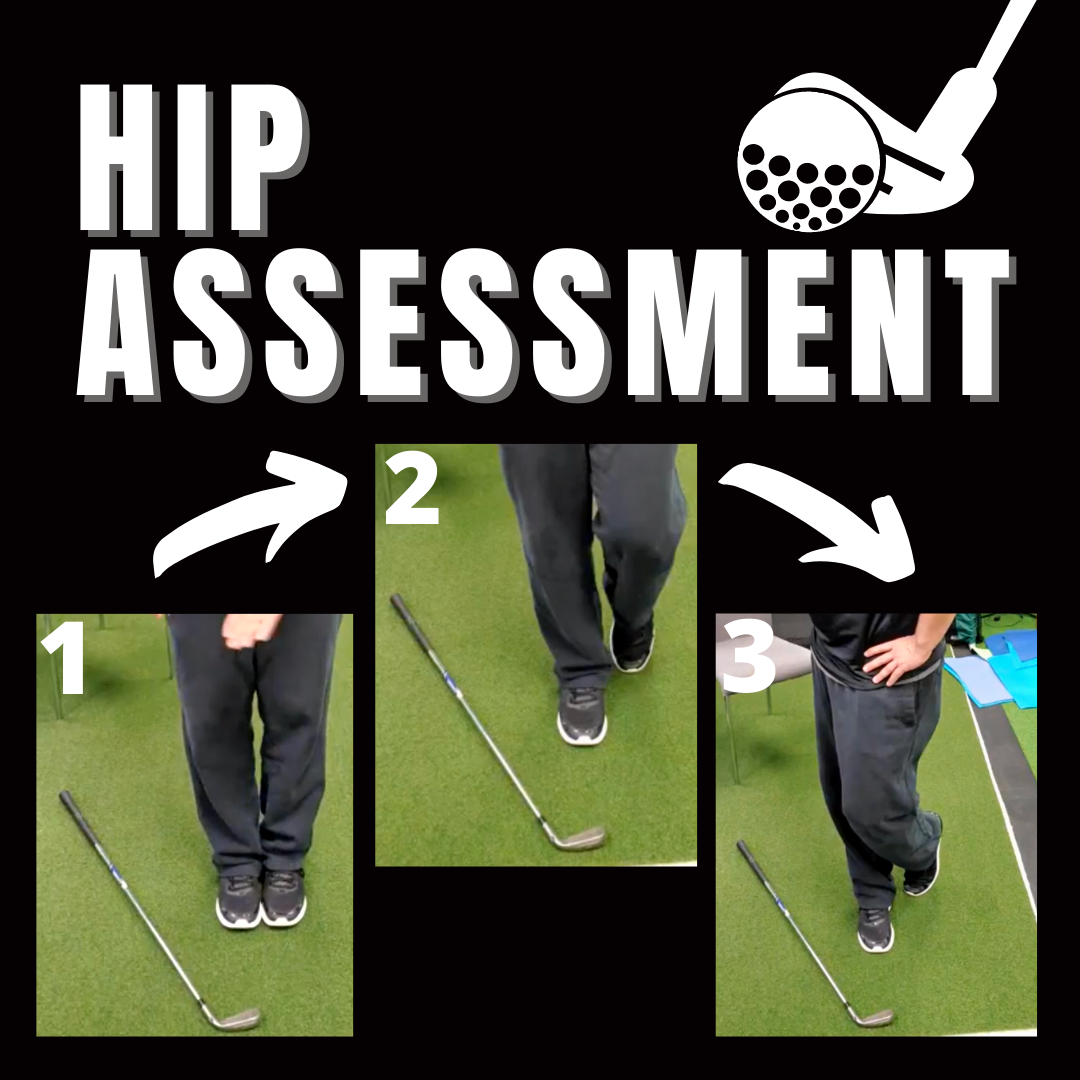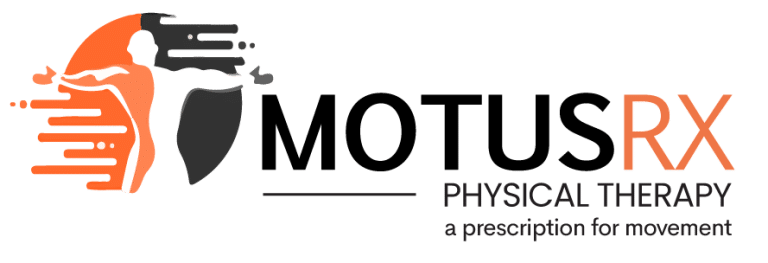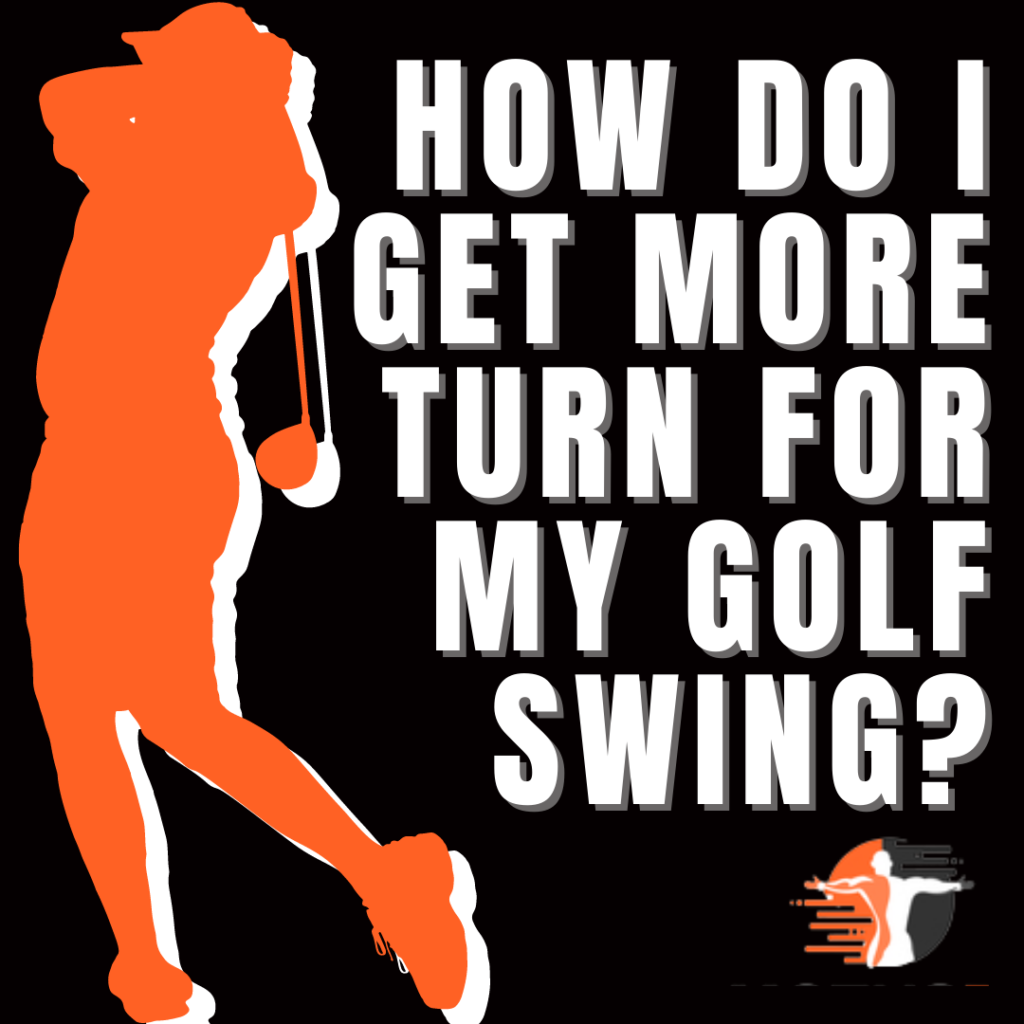How Do I Get More Turn For My Golf Swing?
Something I’ve observed in amateur golfs is their difficulty to gain turn in their golf swing.
A common mistake I’ve seen golfers make is using their arms to increase their turn. Their reasoning being, the harder and faster I swing my arms, the more forceful of a turn I will gain. For several other sports, the arms control much of the power being generated, so the same should apply in the golf swing?
There is some truth to swinging the arms faster to increase turn, however, how that is achieved is commonly mistaken. In fact, three are actually four key zones throughout the body to improve turn for the golf swing:
-
Neck
-
Shoulder
-
Mid Back
-
Hip
Let’s not overcomplicate it. If mobility is achieved in these four zones, you are going to be able to generate optimal turn in your golf swing. If mobility is lacking in any of these four zones, your body may be making unknown compensations that decrease the efficiency of your golf swing.
There are four specific mobility assessments for each key zone that golfers can quickly complete to determine which zone to optimize to improve turn for the golf swing.
Neck Mobility Assessment for the Golf Swing

2 step demonstration of how to complete the neck assessment for the golf swing.
To assess your neck mobility for the golf swing:
-
Stand Tall
-
Rotate your head as far as you can to the right while keeping the shoulders facing forward
-
When you have rotated your head as far as you can to the right, see if you can touch your chin to your right collarbone
-
Complete this assessment for your left side as well and notice and differences or imbalances
In the golf swing, we rotate our shoulders around our head. When rotating our shoulders, our head and neck must stay relatively still. This movement pattern is where neck mobility becomes important to create turn for the golf swing.
Shoulder Mobility Assessment for the Golf Swing

2 step demonstration of how to complete the shoulder assessment for the golf swing.
To assess your shoulder mobility and shoulder rotation for the golf swing:
-
Stand tall
-
Raise your elbow so that it is aligned with your shoulder at a 90 degree angle.
-
Hinge from the elbow rotating the forearm as far back as possible.
-
Notice if you can get your forearm beyond, or at least parallel, with your spine angle.
-
Complete this assessment for both the right and the left shoulder.
If you cannot get your forearm at least parallel with your spine angle, you might have some mobility issues with your shoulders that prevents you from getting your hands in a good position.
Mid Back Mobility Assessment for the Golf Swing

2 step demonstration of how to complete the mid back assessment for the golf swing.
To assess your mid back mobility for the golf swing:
-
Sit on the corner of a chair, table, or bench at about 45 degrees
-
Put your feet and knees together
-
Bring your club up and over your head and place it on your shoulder blades on your back horizontally
-
Keep the feet and knees together, stay tall, keep your butt on the edge of the surface you are sitting on and rotate as far as you can through your torso one direction.
-
Do this for both sides.
From shoulder to shoulder, can you align your shoulders with the edge of the chair, bench, or table you are sitting on at maximum rotation? Can you go a little bit further? If you are stuck, stopping short, or there is a big difference side to side, focus on mid back mobility.
Hip Mobility Assessment For The Golf Swing

3 step demonstration of how to complete the hip assessment for the golf swing.
To assess your hip mobility:
-
Retrieve your 7 Iron Club
-
Take the bottom of the club head and place it on the ground parallel to your body.
-
You should see that shaft angling off a little bit.
-
Line your toes up parallel to the bottom of the club head
-
Shift all your weight to your left leg and lightly set your right foot behind you (about 6-12inches back) to keep your balance. You should now be in a staggered stance.
-
Place your hands on your hips.
-
Rotate your hips as far as you can to the left.
-
Avoid any movement through the left foot.
-
Try to at least line your hips up with the handle of the club. This will be roughly about 60 degrees.
-
Keep your body tall.
-
Repeat for the right side.
The Bottom Line For The Golf Swing
A lot of these joints are designed to rotate and if they don’t, from a health and quality movement standpoint, you are going to struggle in other areas. Therefore it becomes really important to work on these.
When gaining turn for the golf swing, the neck, shoulders, mid back, and hips are the four zones to focus on. It is important to identify which zones of mobility may need to be more efficient by regularly assessing neck, shoulder, mid back, and hip mobility.
Notice each of these assessments for the golf swing are basically mirroring images of each other. What movement pattern is done on the left must also be done to generate the maximum amount of turn for the golf swing.
If you can equalize your left and right mobility in these four zones, you will set yourself up to have one of the most efficient swings and generate as much turn as you desire for your golf swing.
Quick Resources for the Golf Swing:
-
FREE Titleist Performance Screen Discovery Visit
-
FREE Report: Our Mobility Program For Golfers – This program talks about these 4 tests more in depth and how to address them.
-
Bogey Free Back and Body Online Program – This is our gold standard online program where we take your from A-Z for golf performance and fitness. There is a very involved module in that about mobility. It does not specifically focus on only mobility or strength, it takes you from start to finish. All of the common things that we are working on with our golfers in these 4 walls you are going to get in the comfort of your own home or gym.
-
FREE Report: 7 Golf Tips To Ease Pain & Swing Easier
-
Body Swing Connection Evaluation
-
What I’ve Learned from Working With PGA Tour Pros

